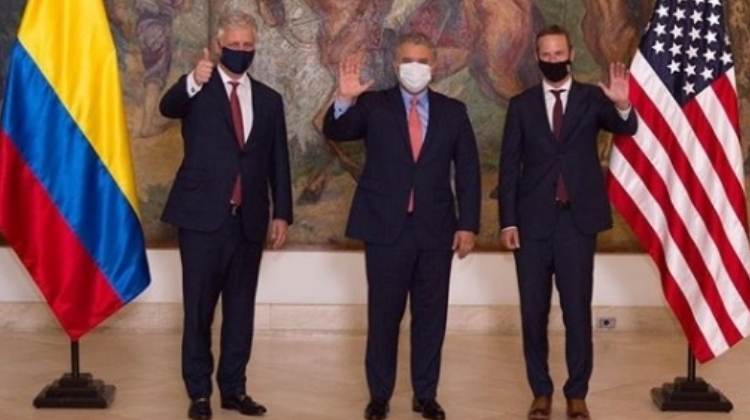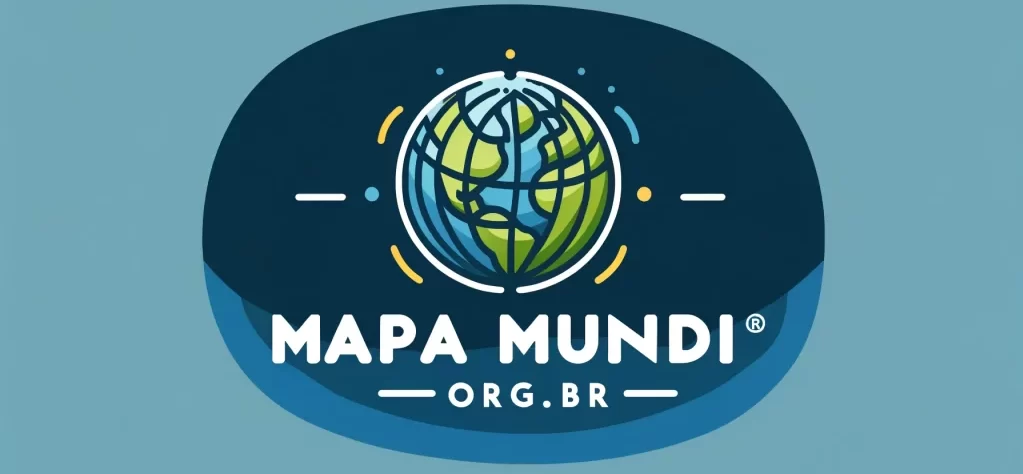
Em agosto (2020) foi anunciado o lançamento do Plano Colombia Crece, resultado da cooperação militar entre os governos da Colômbia e dos Estados Unidos e focado no combate ao narcotráfico. Pode-se dizer que é uma segunda fase do Plano Colombia, responsável pela injeção de USD 7 bilhões dos EUA na Colômbia entre 2000 e 2016.
O acordo acontece num momento em que a Colômbia vivencia níveis alarmantes de violência. Já foram registrados no país, somente em 2020, 46 massacres e mais de mil líderes sociais assassinados.
Até pouco tempo as FARC dominavam o interior do país e, com os acordos de paz, caberia ao Estado colombiano “reocupar” esse espaço. No entanto, o Estado colombiano é claramente fraco no interior, com uma clara ausência de políticas públicas que permitam a integração das populações, deixando-as relegadas a grupos paraestatais, com força paramilitar.
Um dos pontos mais polêmicos do acordo é o passe livre que é dado aos militares norte-americanos. Eles estão autorizados a entrar no país sem que haja a necessidade de aprovação pelo Parlamento, conforme indica a constituição colombiana. A expectativa para este ano é o envio de 800 militares dos Estados Unidos para a Colômbia.
O plano ganha contornos ainda mais delicados quando se considera que o inimigo declarado é difuso: narcotraficantes e grupos armados. Especialmente na medida em que são típicas organizações transnacionais. Não podemos nos esquecer que a Colômbia é vizinha da Venezuela, que agora ganha um foco especial de atenção em função das eleições presidenciais nos Estados Unidos (ver o artigo Brasil entra no jogo eleitoral dos EUA).
Na divulgação chamou a atenção dada à Venezuela por Robert O´Brien, assessor de segurança internacional do presidente Trump. Foi explícito em rejeitar o governo de Nicolás Maduro. A presença de militares norte-americanos em cidades que fazem fronteira com a Venezuela acaba reforçando um dos objetivos mais centrais deste plano.
Não se trata aqui de ser contrário aos objetivos declarados do Colombia Crece, à saber, combate ao narcotráfico e aos grupos paramilitares. Mas sim de compreender que existem mais coisas em jogo, como o uso da Colômbia como plataforma de projeção de poder dos EUA sobre a região andina.
Pós-Doutor em Competitividade Territorial e Indústrias Criativas, pelo Dinâmia – Centro de Estudos da Mudança Socioeconómica, do Instituto Superior de Ciencias do Trabalho e da Empresa (ISCTE, Lisboa, Portugal). Doutor em Relações Internacionais pela Universidade de Brasília (2007). É Diretor Executivo do Mapa Mundi. ORCID https://orcid.org/0000-0003-1484-395X
